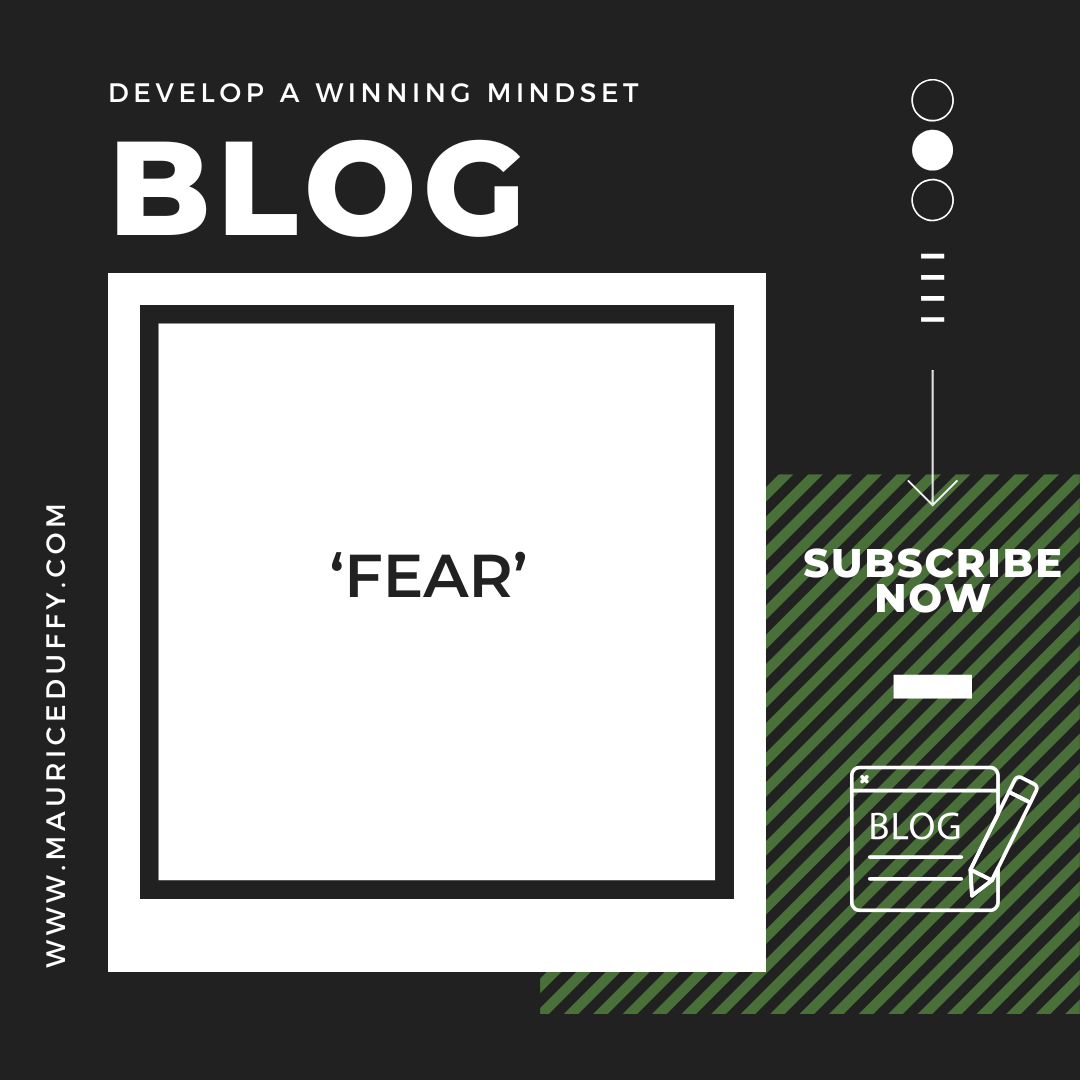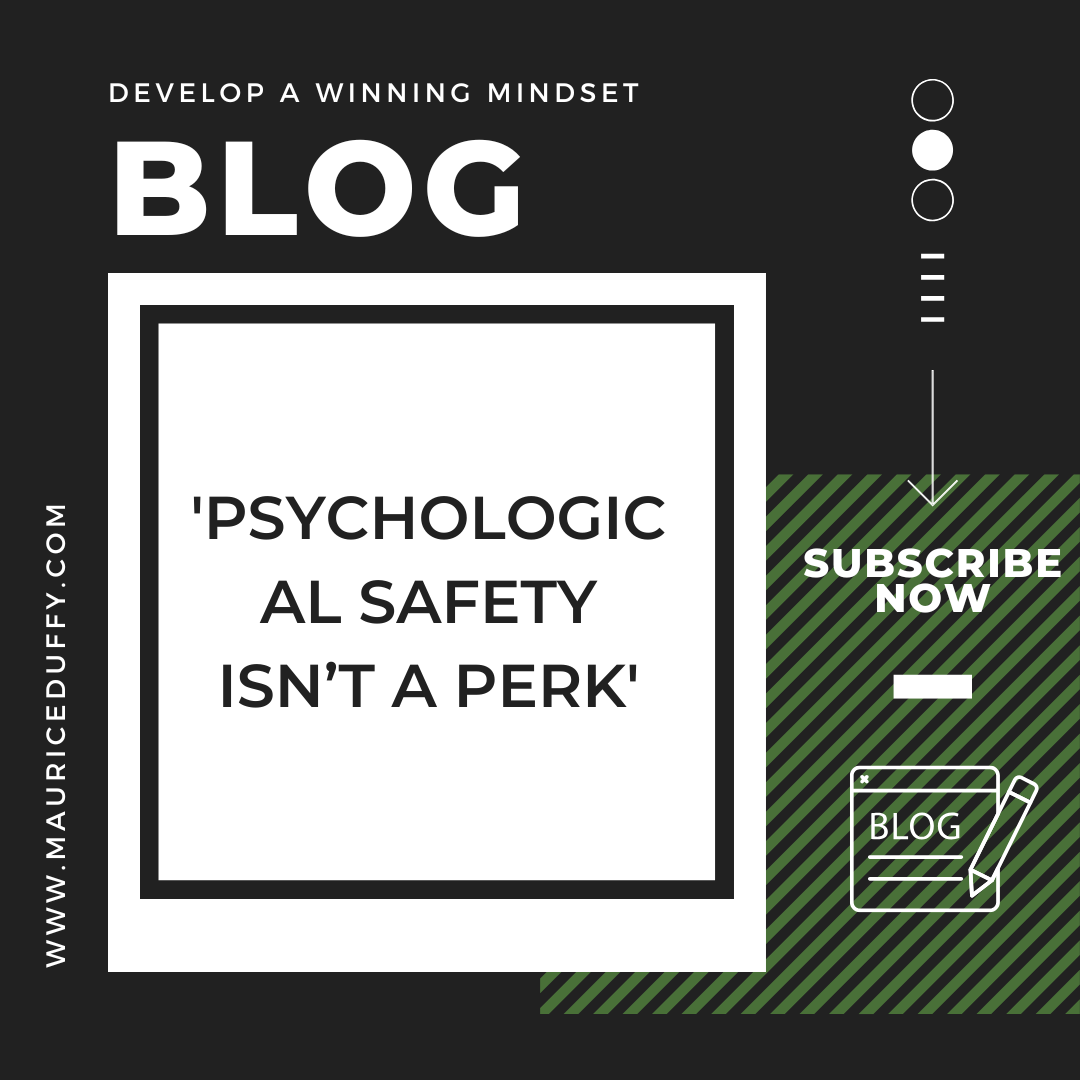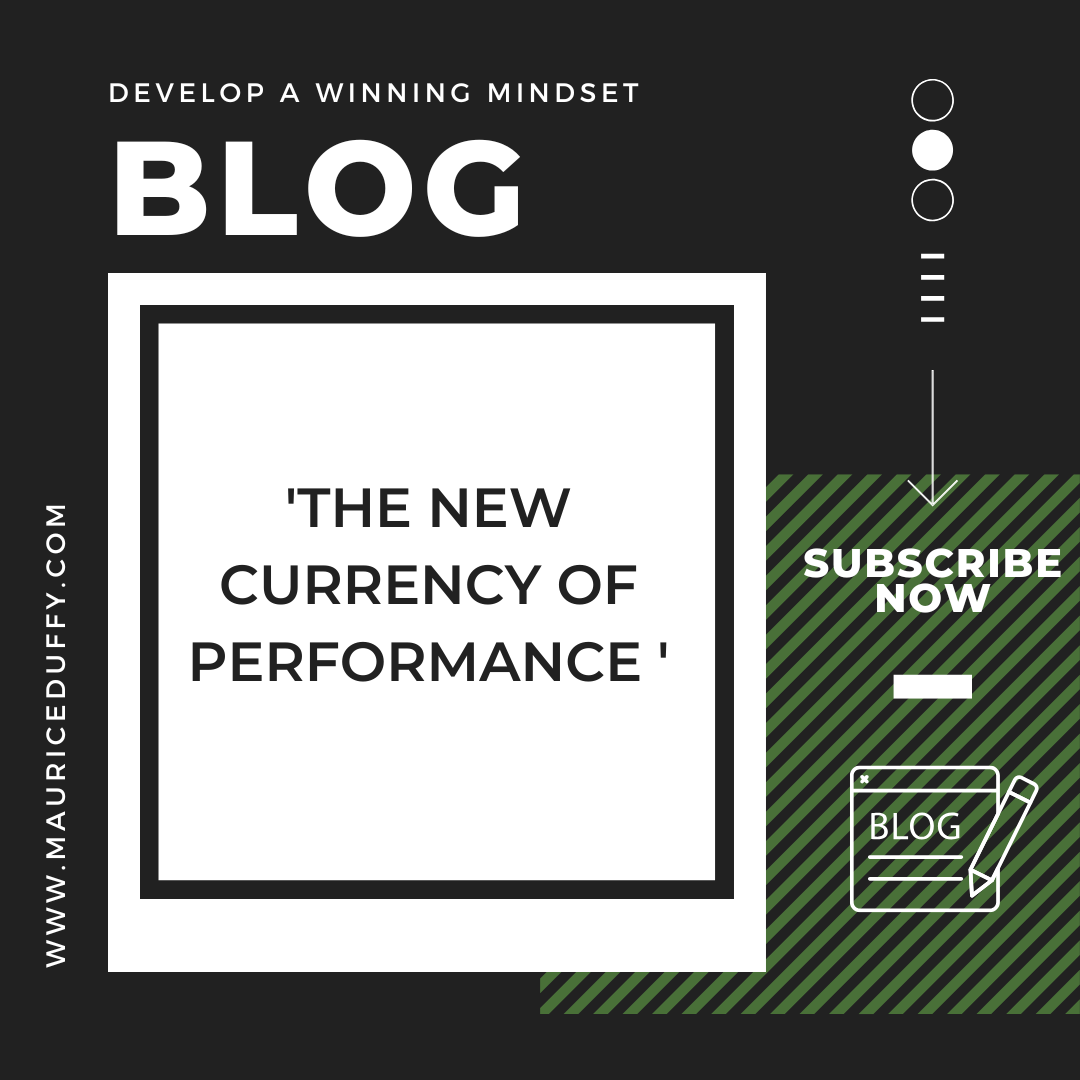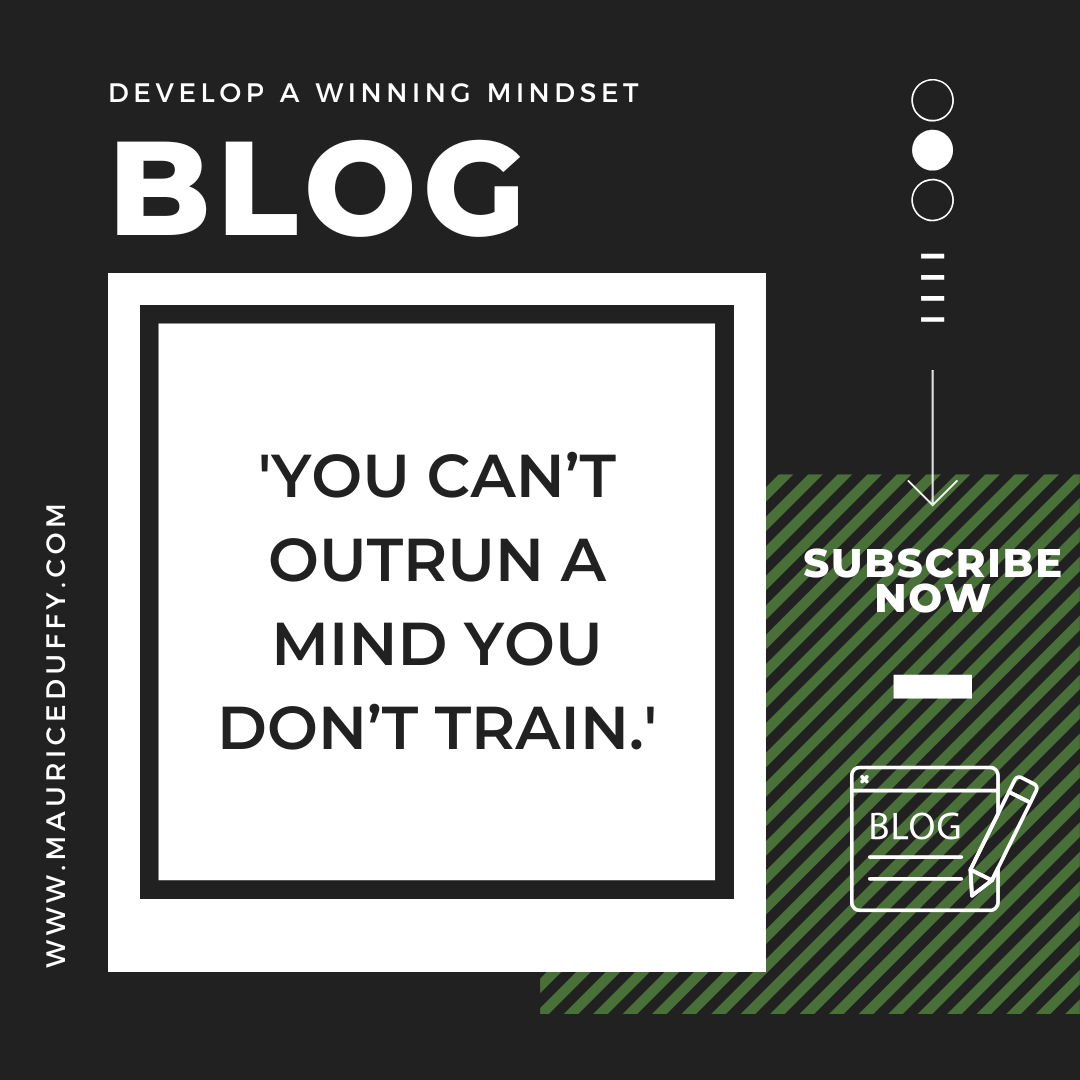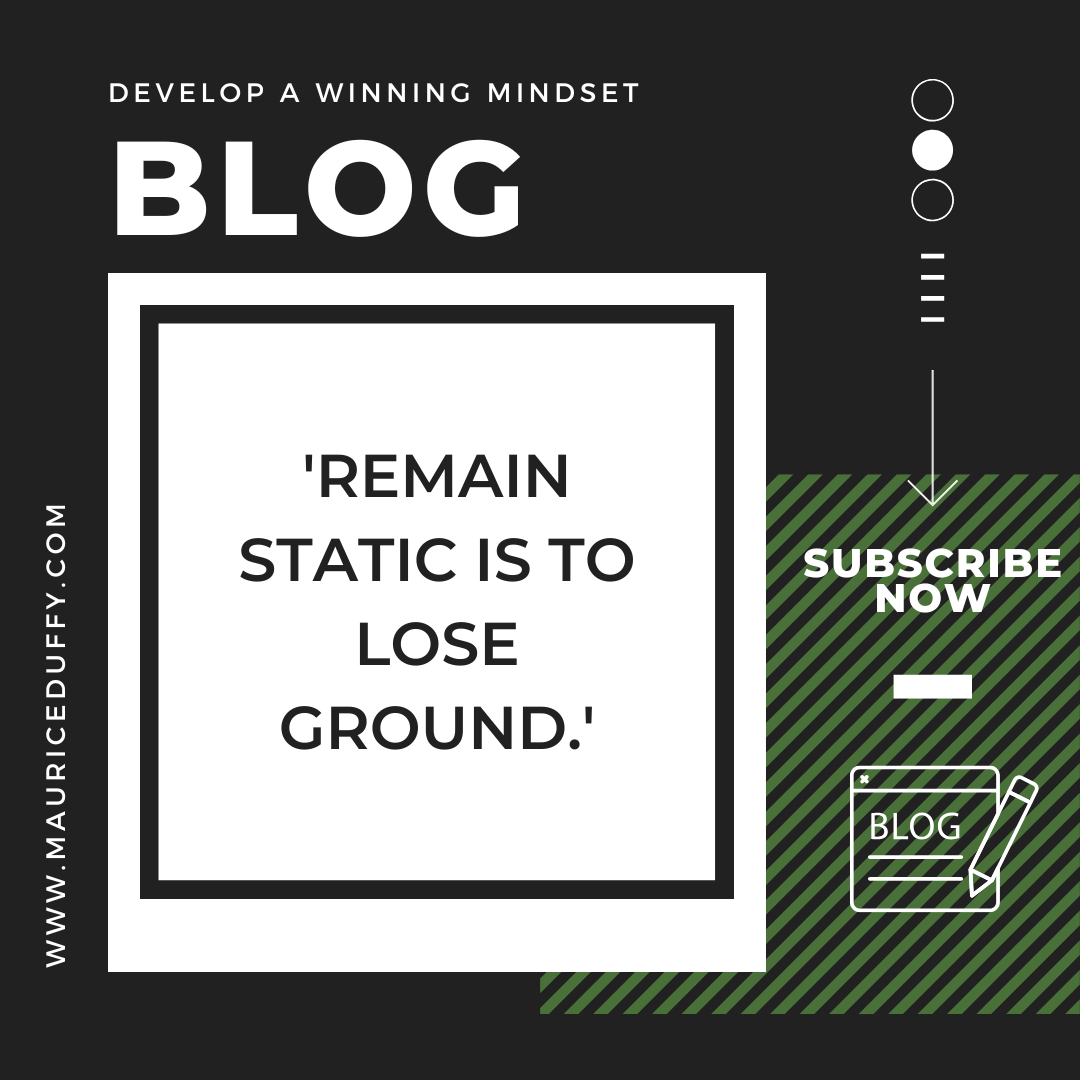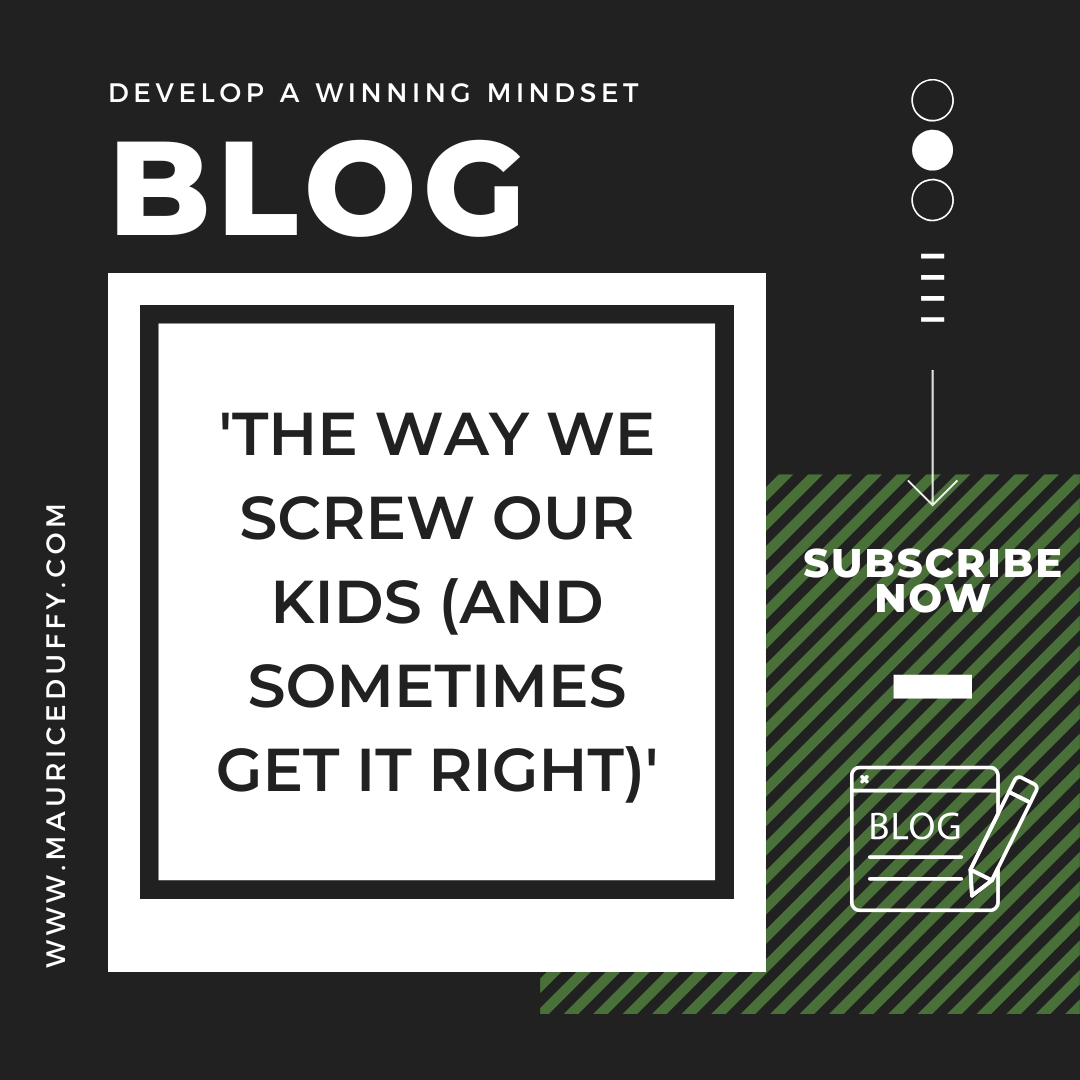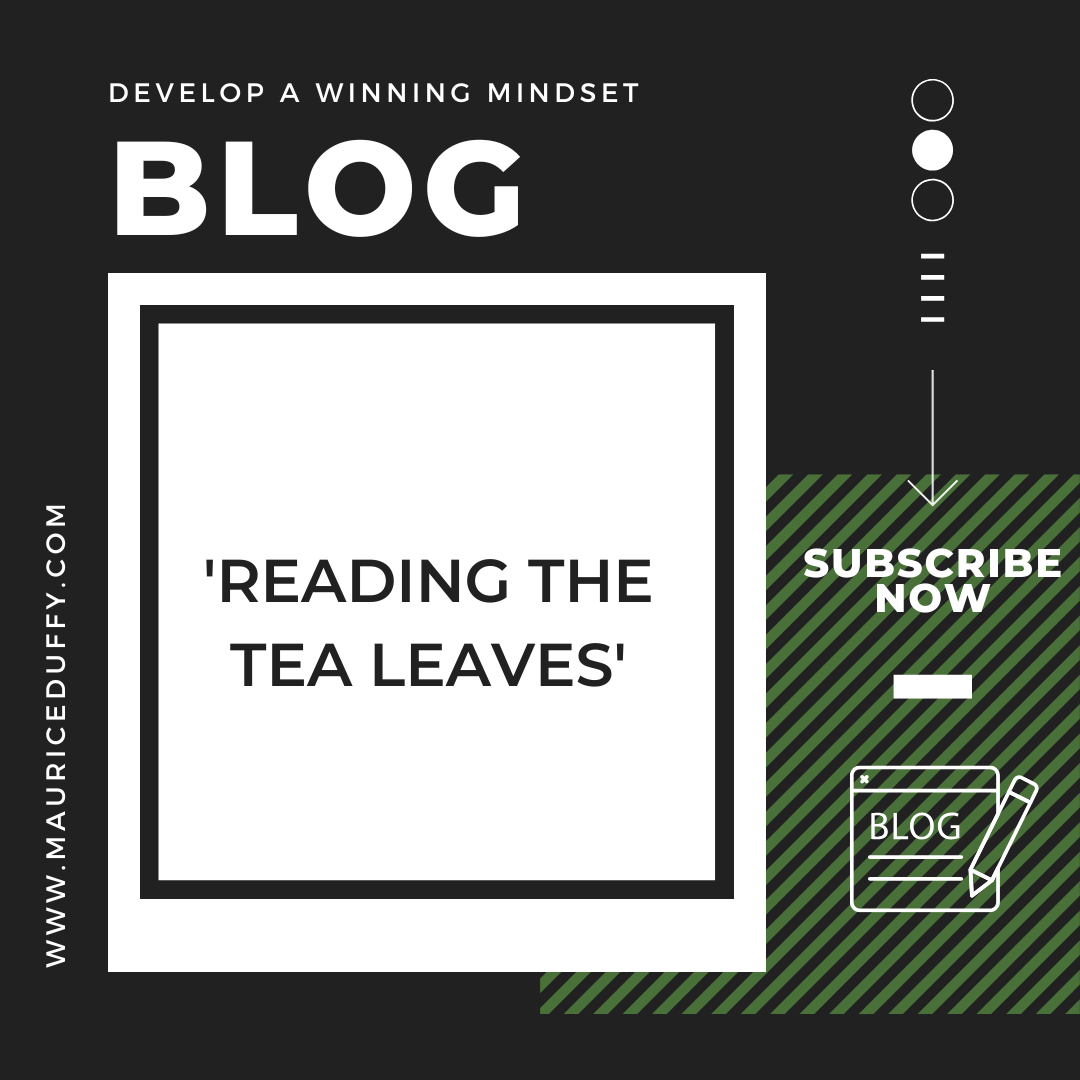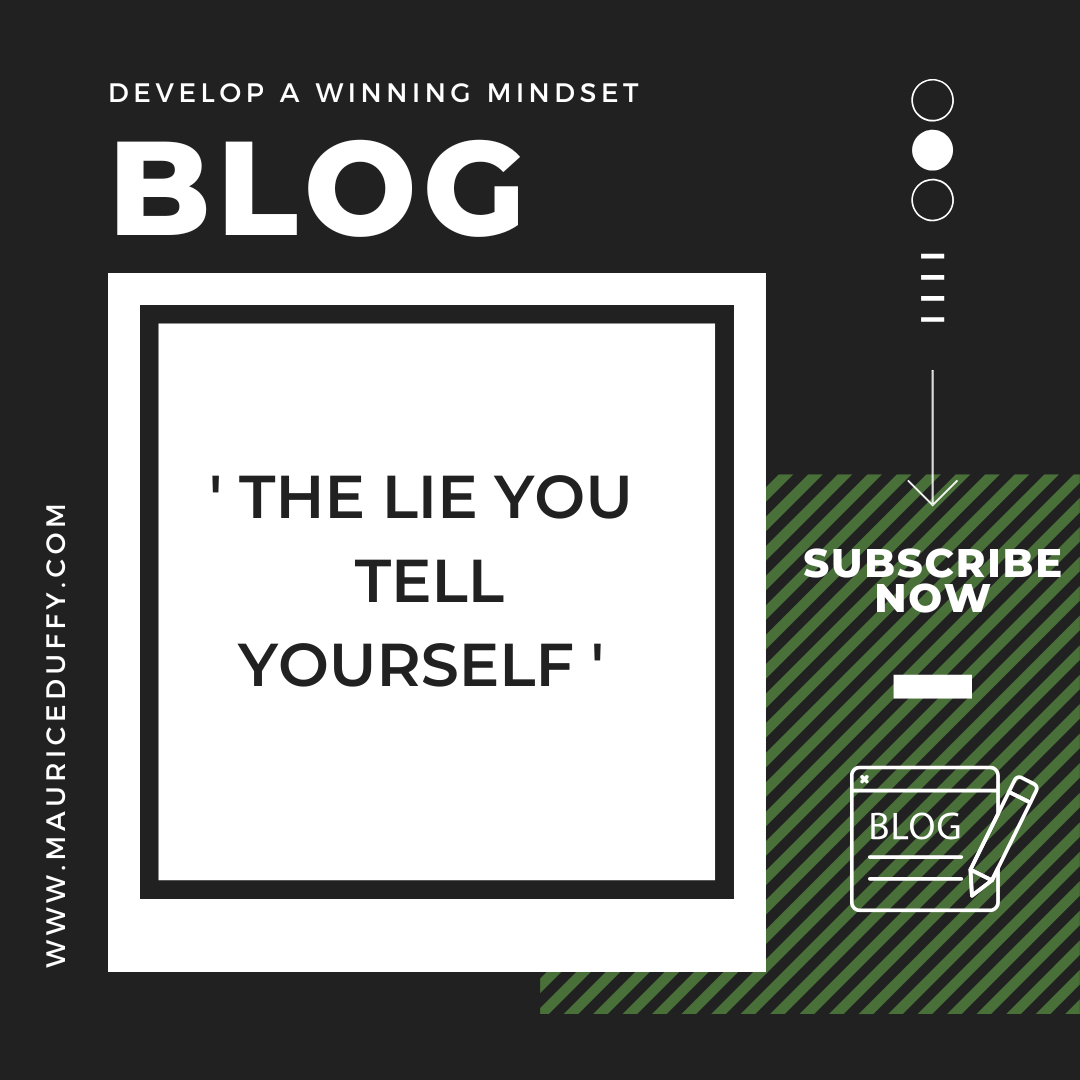We’re All Influenced; The Question Is: By What
“People don’t buy with logic. They buy with emotion — and justify it with logic later.”
Dr Maurice Duffy
We like to think we’re in control. That we make decisions based on facts, reason, and free will. But decades of behavioural science suggest otherwise. We are not as rational as we think; we are predictably irrational. And whether in politics, marketing, or everyday life, influence is everywhere.
When I led global sales teams, we didn’t teach manipulation; we taught understanding. Not to deceive, but to decode what really drives human behaviour. We developed eight detailed psychological buyer profiles, each rooted in a dominant emotional need: control, certainty, recognition, belonging, achievement, novelty, safety, or legacy. Once identified, we matched each with a behaviourally intelligent strategy.
Some buyers want data. Others want connection. Some fear risk. Others crave momentum. Matching communication to personality wasn’t manipulation—it was respect. But influence, if misused, becomes control. That’s why we anchored everything to seven ethical principles:
Authority; People are more likely to follow those they perceive as credible or experienced. It’s why surgeons wear scrubs. Why professionals display certificates. The symbol gives weight to the words.
Reciprocity; Give before you ask. Help someone, offer something of value, and they are far more likely to engage. Reciprocity builds trust—genuinely.
Scarcity; What’s rare is valued. A limited offer or rare opportunity draws more attention. But when false scarcity is used, credibility dies.
Social Proof; People follow people. If others are doing it, we assume it’s right. That’s why reviews, testimonials, and popularity metrics matter. They’re psychological shortcuts.
Consistency; Once people commit, even in small ways, they tend to follow through. It’s why good communication starts with alignment—because momentum matters.
Framing; The way a message is presented shapes how it’s received. “90% survival rate” feels safer than “10% mortality rate”—same facts, different frame.
Cognitive Ease; People are more likely to act on what feels easy to understand. Simplicity is power. Confusion kills conversion.
Overlaying all of this was nudge theory, the subtle art of guiding behaviour without coercion. Small design tweaks, placement of information, defaults in a form—nudges work by shifting the environment rather than the argument. A cafeteria puts fruit at eye level: more people choose it. It’s not manipulation; it’s design with intention.And yes, it works. But with great effectiveness comes ethical obligation. Just because you can influence doesn’t mean you should. Influence is neutral. Its morality comes from intent.
Today, those same behavioural tools we once used to build trust are being used to shape elections, mask truths, and push consumerism disguised as choice. The danger isn’t in influence; it’s in silence about how it works.
You are being nudged.
Daily.
Politely.
Quietly.
Sometimes in your interest.
Often not.
So don’t fear influence, understand it. And ask: is this helping me decide, or pushing me where I didn’t mean to go?
“People don’t buy with logic. They buy with emotion — and justify it with logic later.”
But when influence serves truth not control it becomes something powerful: trust.
